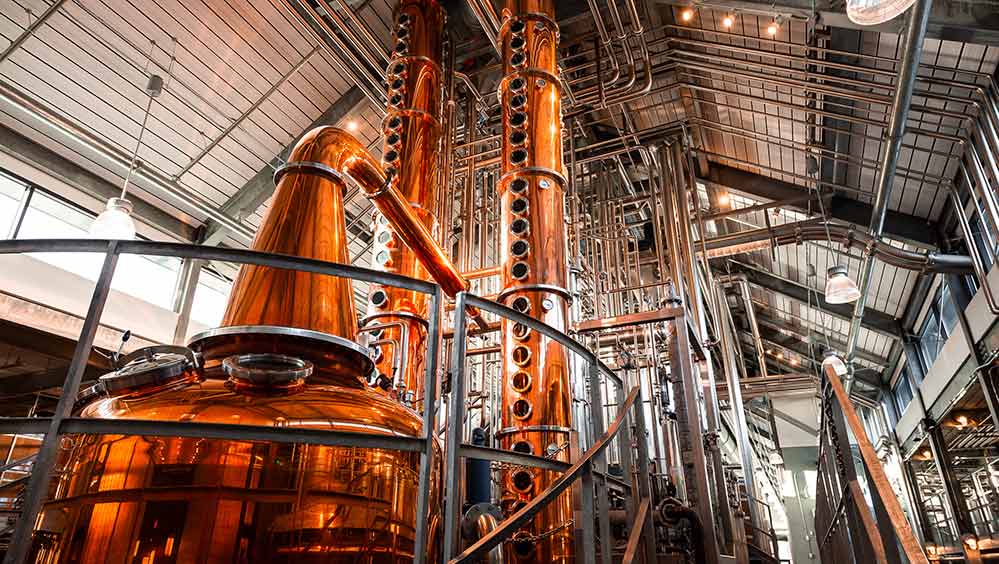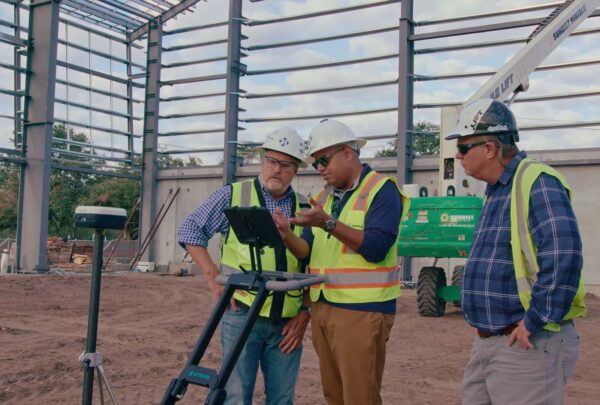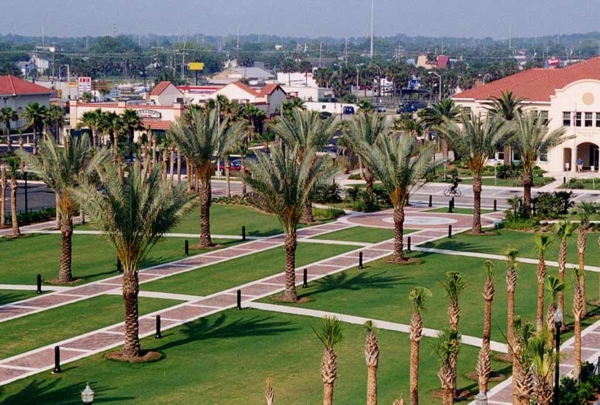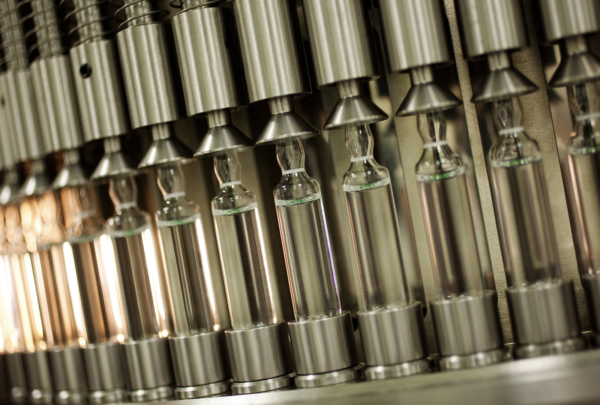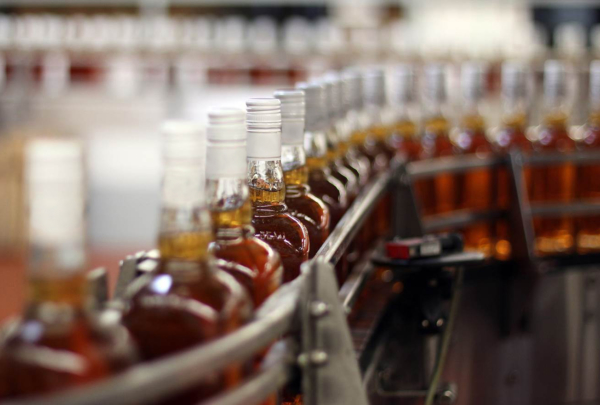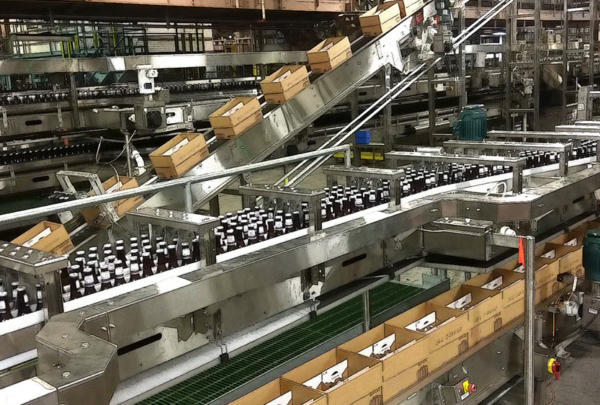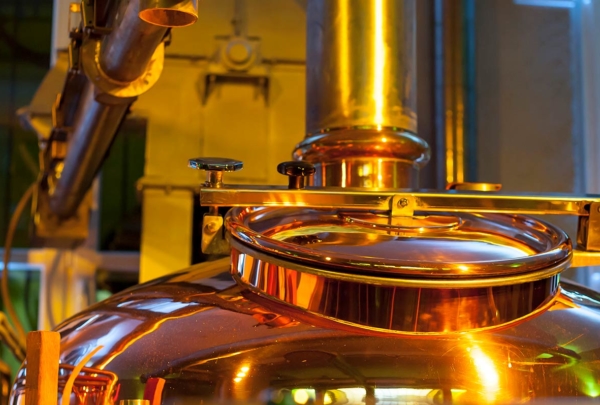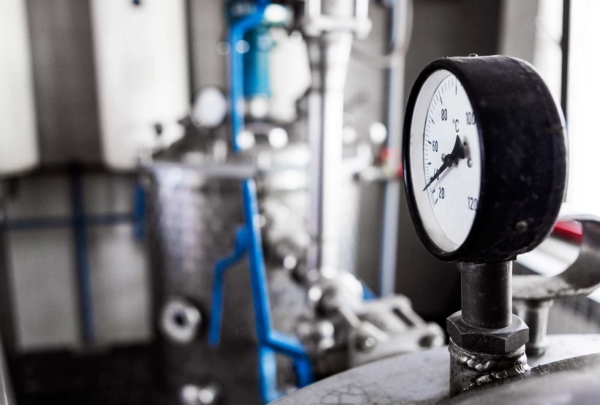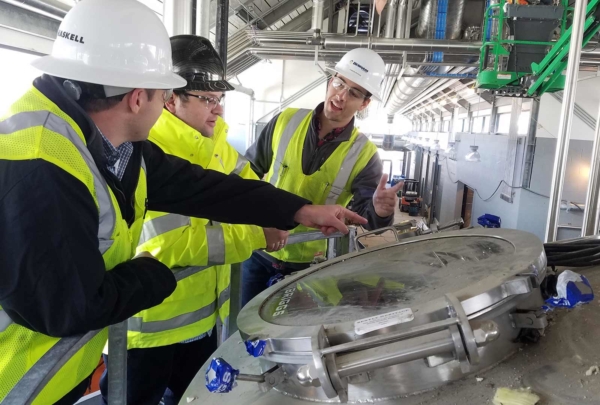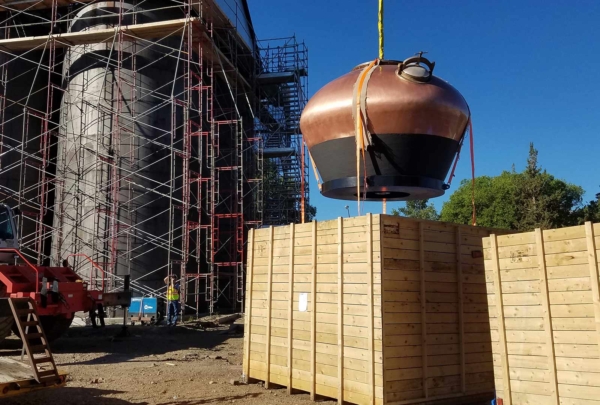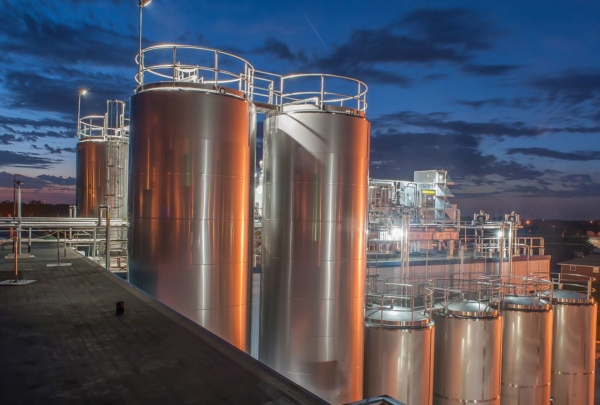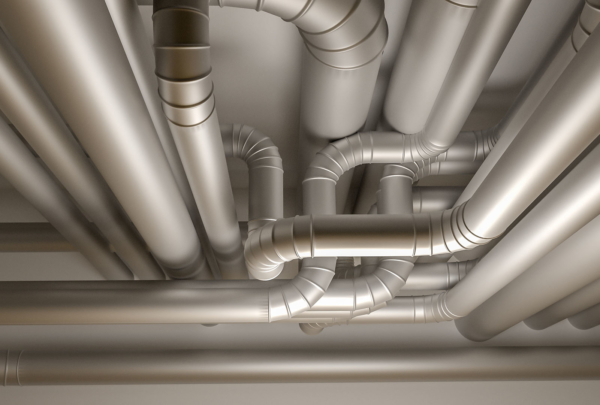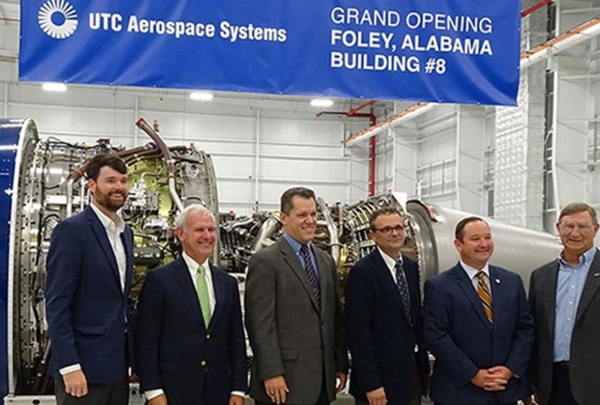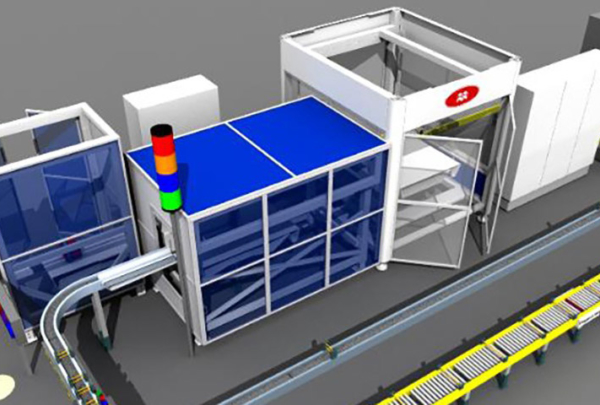If you’ve read our blog series “How to Build a Distillery,” you probably have a good, high-level overview of the steps it takes to escalate your project from simple napkin sketches to refined spirits production. But today, let’s dive into the details and importance of conceptual development and planning, and how understanding your goals early on will set you up for success down the road.
Project Objectives & KPIs
We want to begin planning our new facility by setting goals and “defining” success. The first question to ask yourself (if you haven’t already) is: “Why?”
Asking yourself “Why?” seems like such a silly question at first, but it’s the base that you build everything from. Think of it as a mission statement. Maybe you want to simply increase production of a certain product – or, multiple products. You may desire a greater emphasis on an enjoyable tourist experience. Maybe you have a certain level of LEED certification you wish to obtain. If you can’t answer “Why?,” the project will lack direction at its core and suffer in the end.
As you develop your goals, the enthusiasm and energy surrounding your project can’t help but grow! Everyone is excited to be involved in the creation of something new! Woohoo! While this energy is great for the team, it can become a detriment to your project. A lot of teams will get ideas and say, “Well, you know it’d be cool if we had….” or “While we’re at it, we might as well…” and when this happens, it’s important to pull in the reins, step back, and take a breath. Is all of this still feasible? Do these new ideas fall in line with our original goals? The importance of defining what you aren’t going to do is just important as what you are going to do.
Another important reason to define what you’re going to do is to help measure the project’s health and overall success through the use of Key Performance Indicators, or KPIs. Quantitative data such as preliminary production & distributions estimates, milestone schedule dates, or a ROM budget, can all help, but following the 3M Principle (Meaningful, Measurable, and Manageable) should help shape your project’s specific KPIs.
Initial Design Efforts
While honing and refining your high-level project goals, it’s important to begin developing your process design. Haskell’s John Rezsonya, AIA, talks about this a bit in his article, but it’s worth emphasizing these ideas in this space as well. The goals you set from a production standpoint will lend their hand in helping you determine what equipment is needed to get your process design kicked off and to initiate preliminary Process Flow Diagram (PFD) development.
Considerations for controls and interfacing with your equipment should be given thought at this stage as well – if you plan on automating your process, there are complexities that need to be carefully considered before you can develop your plant architecture in detail.
And while it may not be the sexiest thing in your plant, don’t neglect your utility design – from water and steam supply, to compressed air, to natural gas or even thermal oil, they all play a part in running your process and cannot be overlooked.
As the PFDs begin to take shape, you will start to have a better understanding of the space all this equipment will be taking up. Preliminary layout drawings will help take your PFD and place each piece in its place, as well as help put a number to the square footage your building is going to require. You don’t want to be in a position where you’re trying to pack ten pounds of distilling equipment into a five-pound building!
Taking these steps in conceptual development will help paint the picture of what success on your project looks like and will pave the road for detailed design as you continue to work through the needs of your process, as well as setting guidelines to manage the project against.
The philosophy of beginning with the end in mind will serve paramount in getting your distillery running within your constraints while still leaving you satisfied and raising a glass in honor of the end result.
For more information, contact Haskell’s Beer, Wine & Spirits division leader Anthony White.
